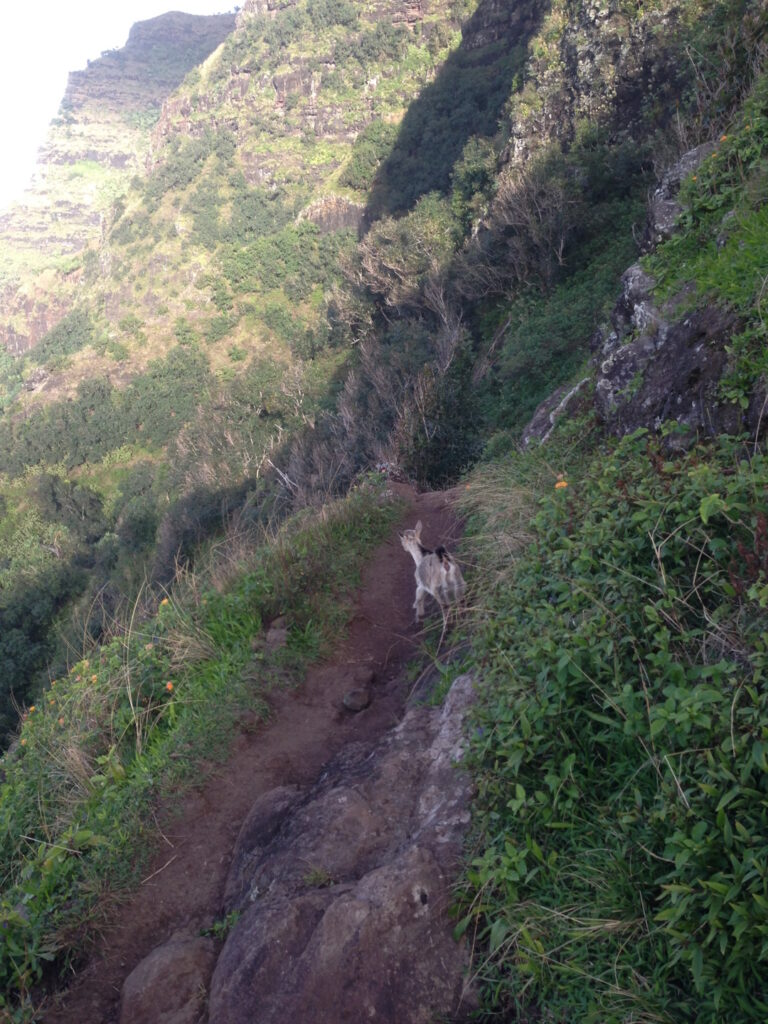Hawai`i contains unique natural resources, such as geologic and volcanic features and distinctive marine and terrestrial plants and animals, many of which occur nowhere else in the world.
In 1970, the legislature statewide Natural Area Reserves System (NARS) was established to preserve in perpetuity specific land and water areas which support communities, as relatively unmodified as possible, of the natural flora and fauna, as well as geological sites, of Hawai`i.
Areas that are designated as NARS are protected by rules and management activities that are designed to keep the native ecosystem intact, so a sample of that natural community will be preserved for future generations.
Contained in the System are some of Hawai`i’s most treasured forests, coastal areas and even marine ecosystems. Some would argue the NARS are the best of the best natural areas.
The Natural Area Reserves System (NARS) currently consists of reserves on five islands, totaling 109,165 acres. (DLNR)
NARS was established to protect the best remaining native ecosystems and geological sites in the State.
A Natural Area Reserves System (NARS) Commission assists DLNR and serves in an advisory capacity for the Board of Land and Natural Resources, which sets policies for the Department.
The diverse areas found in the NARS range from marine and coastal environments to lava flows, tropical rainforests and even an alpine desert. Within these areas one can find rare endemic plants and animals, many of which are on the edge of extinction.
While NARS is based on the concept of protecting native ecosystems, as opposed to single species, many threatened and endangered (T&E) plants and animals benefit from the protection efforts through NARS.
Major management activities involve fencing and control of feral ungulates (wild, hoofed animals such as cattle, sheep, deer and pigs), control of other invasive species (weeds, small mammalian predators), fire prevention and control, rare plant restoration, monitoring, public outreach, and maintenance of existing infrastructure, such as trails and signs.
The reserves also protect some of the major watershed areas which provide our vital sources of fresh water.
To protect Hawai`i’s invaluable ecosystems, a dedicated funding mechanism was created for the Natural Area Partnership Program, the Natural Area Reserves, the Watershed Partnerships Program and the Youth Conservation Corps through the tax paid on conveyances of land.
These revenues are deposited into the Natural Area Reserve (NAR) Special Fund and support land management actions on six major islands and engage over 60 public-private landowners, partners and agencies.
The Natural Area Reserves System is administered by the Department of Land and Natural Resources, Division of Forestry and Wildlife. Here is a list of the reserves:
Big Island:
- Pu‘u O ‘Umi
- Laupāhoehoe
- Mauna Kea Ice Age
- Waiākea 1942 Lava Flow
- Pu‘u Maka‘ala
- Kahauale`a
- Kīpāhoehoe
- Manukā
- Waiea
Maui
- West Maui
- Hanawi
- Kanaio
- ‘Ahihi Kīna’u
- Nakula
Molokai
- Oloku‘i
- Pu‘u Ali‘i
O‘ahu
- Ka‘ena Point
- Pahole
- Mount Kaʻala
- Kaluanui
- Pia
Kauai
- Hono O Na Pali
- Kuia
See more here: https://dlnr.hawaii.gov/ecosystems/nars/

































